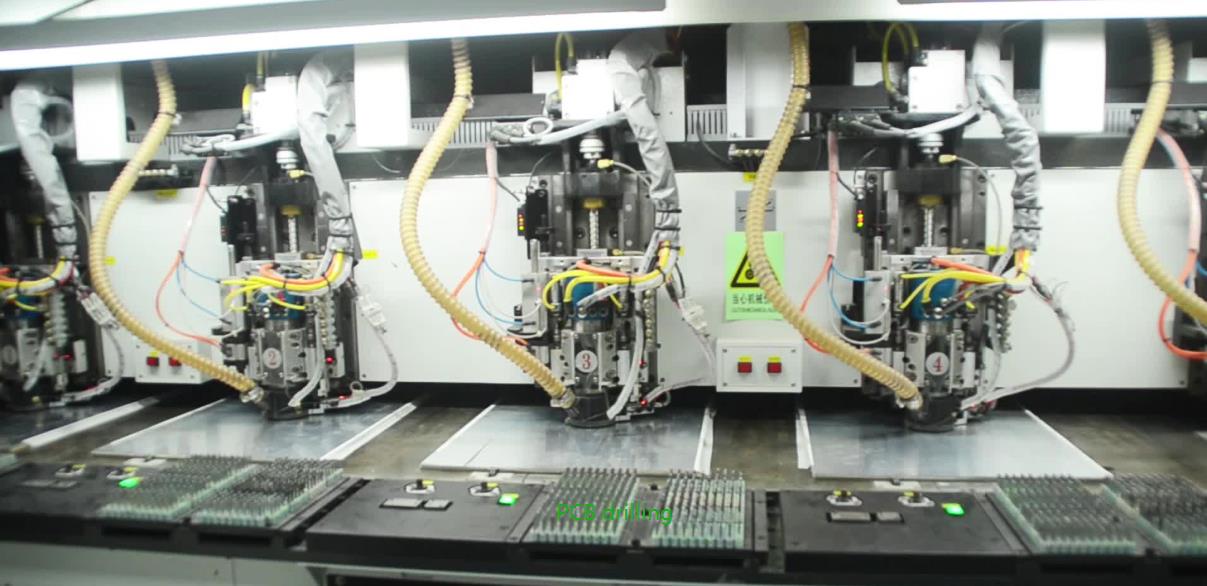Common Issues in PCB Design and Production
-
Problem 1: PCB Board Short Circuit
One of the most common faults in PCB boards is short circuits, which can hinder proper functionality. Short circuits can be caused by improper solder pad design, poor component orientation, or the use of components with bent leads. Ensuring proper design and alignment can help prevent short circuit failures.

-
Additional Factors Contributing to Short-Circuit Failures
In addition to the primary causes, factors such as oversized holes, inadequate soldering temperatures, poor solderability, and surface contamination can also lead to short circuits. Engineers should systematically analyze these factors to identify and address potential issues.
-
Problem 2: Dark and Grainy Solder Joints
Dark or grainy solder joints on a PCB are often a result of solder contamination or excessive oxides in the molten solder. Differentiating between contamination-related issues and low tin content-related dark joints is crucial. Adjusting solder composition or temperatures during manufacturing can help resolve these problems.
-
Problem 3: PCB Solder Joints Turning Golden Yellow
Golden yellow solder joints on a PCB indicate high temperatures during soldering. Lowering the soldering furnace temperature can rectify this issue and prevent further damage to the board.
-
Problem 4: Environmental Impact on PCBs
PCBs are susceptible to environmental damage from factors like extreme temperatures, humidity, vibrations, and more. These conditions can lead to deformations, oxidation, corrosion, and performance degradation. Proper environmental control and maintenance are essential to ensure PCB longevity.
Problem 5: PCB Open Circuit
Common PCB Issues and Solutions
- Open Circuits: An open circuit occurs when there is no electrical connection between a component and the PCB due to a broken trace or improper soldering. Factors such as vibration, mechanical stress, or exposure to moisture can lead to open circuits. To prevent this, ensure proper soldering and handle PCBs with care.
- Short Circuits: Short circuits happen when two points on a circuit unintentionally connect, causing a disruption in the flow of electricity. These can occur during production or soldering. Use insulating materials and perform thorough inspections to avoid short circuits.
- Human Error: Human errors account for a significant portion of PCB defects. Mistakes in production processes, component placement, or not following manufacturing specifications can lead to avoidable defects. To reduce human errors, implement strict quality control measures and provide training for assembly staff.
If you encounter any issues with your PCBs or require manufacturing services, feel free to contact us. Our team is here to help you with all your PCB needs.




